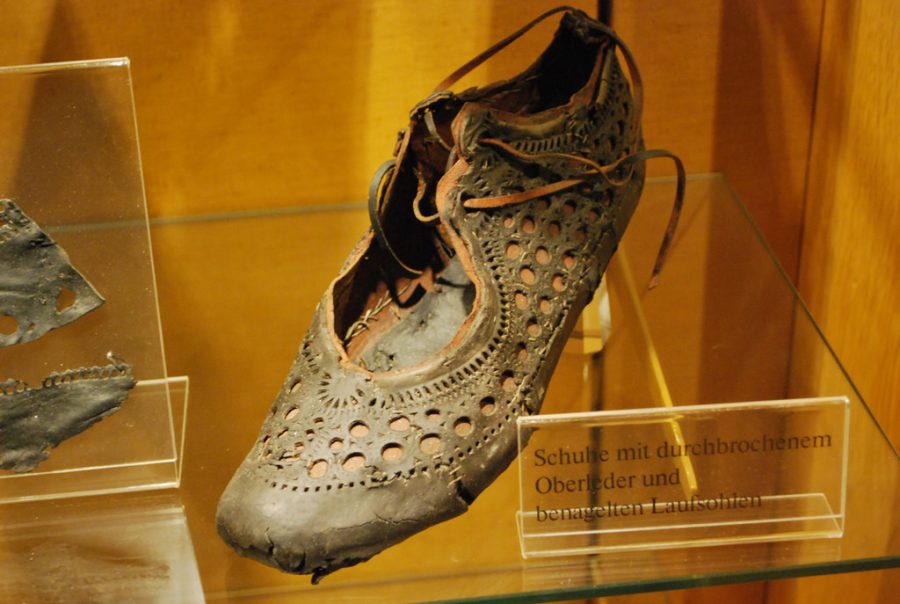Unveiling the Saalburg: A Glimpse into Roman Military and Footwear Innovations

In a remarkable chapter of history, when the Romans expanded their territory into the northern regions of Germania, they established the fortification known as the Saalburg around 90 AD. This strategic stronghold was constructed to safeguard the borders of the Roman Empire against the encroaching Germanic tribes. At the height of its activity, the Saalburg was home to approximately 2,000 individuals who lived within the fort and the adjacent village, which served as a bustling community until its decline around 260 AD.
Rediscovered in the 19th century, the Saalburg underwent extensive excavation followed by a meticulous reconstruction, which has allowed it to stand as a testament to Roman engineering and military prowess. Today, the site has earned its place as a UNESCO World Heritage site, attracting historians and tourists alike. Within the forts walls lies the Saalburg Museum, which houses an impressive collection of Roman artifacts, including an intriguing finda 2,000-year-old shoe that was recovered from a local well, sparking curiosity about daily life in ancient Rome.
The craftsmanship of Roman shoemakers is particularly noteworthy, giving us insight into the footwear of the era. As outlined by the website Romans Across Europe, the Romans were pioneers in the development of shoes that enveloped the entire foot. They crafted a diverse range of footwear for both men and women, featuring designs that varied greatly in style and function.
Many of these shoes were similar in design to military caligae, which were made with a single upper piece fastened to several layers of sole. Remarkably, many exhibited intricate open-work patterns, achieved by cutting or punching shapes such as circles, triangles, squares, and ovals into the material. Such designs not only showcased craftsmanship but also provided a measure of ventilation. Conversely, some styles were more enclosed, featuring only small holes for laces, while womens and childrens footwear often boasted more delicate features but still relied on robust nailed soles for durability.
Recently, an image highlighting the remarkable skill of Roman shoemakers circulated on social media platforms like Reddit and Imgur, drawing attention to the artistry and functionality of these ancient creations.
Its worth noting that a previous version of this article was published on our site in 2016, reflecting our ongoing interest in the timeless legacies of ancient civilizations.
If you wish to stay updated with our latest posts, consider signing up for Open Cultures free email newsletter. Each day, we curate new content for our readers, conveniently compiled in a single email.
Moreover, if you appreciate the mission of Open Culture, please consider making a donation. As we aim to provide the best free cultural and educational materials, your support through platforms like PayPal, Patreon, or Venmo (@openculture) would greatly aid our efforts. Thank you for your continued support!
Related Content:
- The Ancient Romans First Committed the Sartorial Crime of Wearing Socks with Sandals, Archaeological Evidence Suggests
- Archaeologists Discover an Ancient Roman Sandal with Nails Used for Tread
- How Wearing Ridiculously Long Pointed Shoes Became a Medieval Fashion Trend
- A Huge Scale Model Showing Ancient Rome at Its Architectural Peak (Built Between 1933 and 1937)
- Exquisite 2300-Year-Old Scythian Womans Boot Preserved in the Frozen Ground of Siberia


















